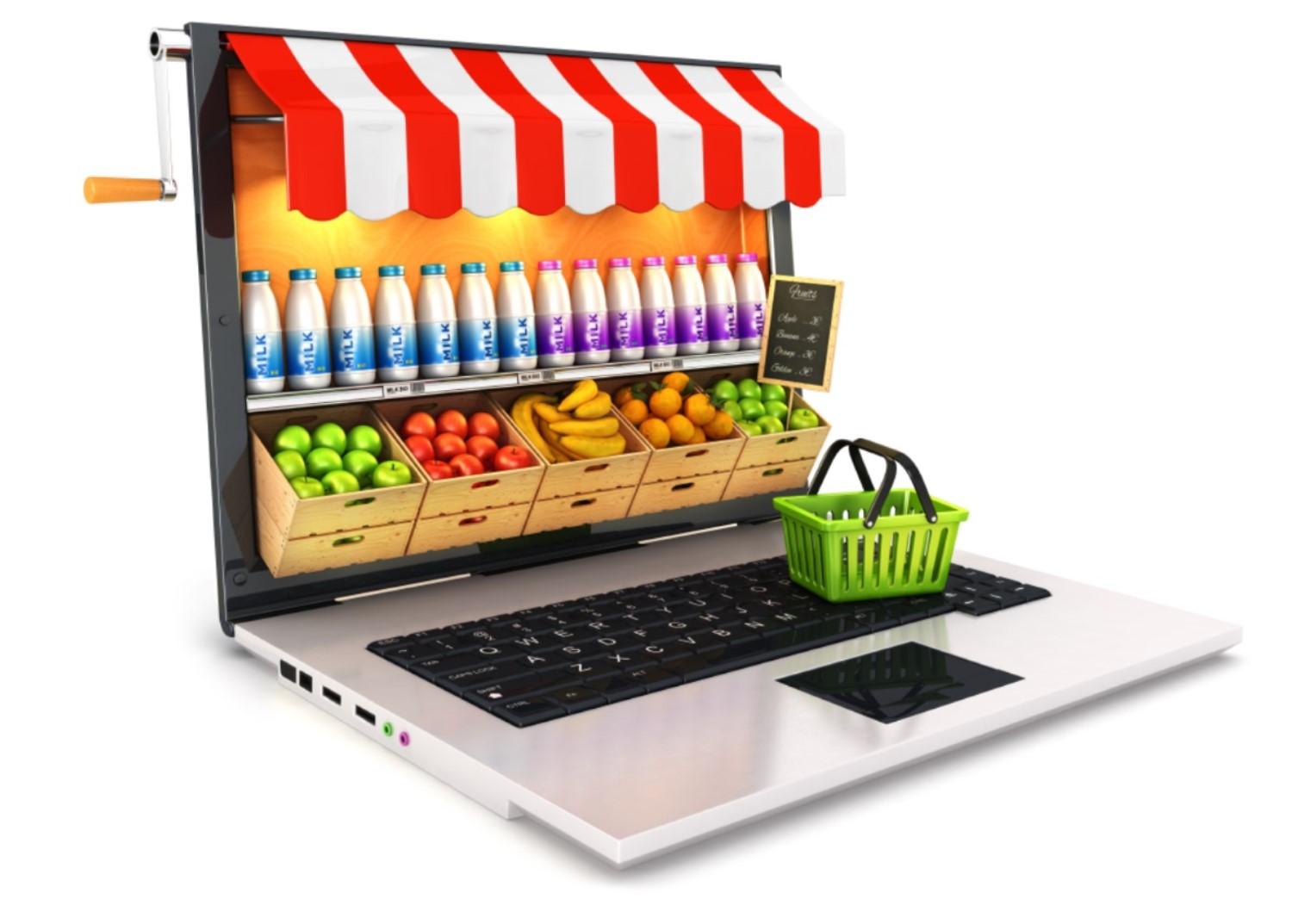Mastering Marketing
Selling On-line, a 24/7 Opportunity
The USDA’s first survey of Local Food Marketing Practices, conducted in 2015, found 167,009 U.S. farms sold $8.7 billion in edible food directly to consumers, retailers, institutions, and local distributors. Consumers accounted for 35 percent of these direct food sales, and retailers, 27 percent. Direct farm sales include both fresh foods and processed or value-added products such as bottled milk, cheese, meat, jam, cider, wine, etc.
Although 73 percent of all farms in the survey reported internet access, only 8 percent sold products via online marketplaces. Not too long ago, access to reliable internet service proved to be a barrier to online sales for farms in different parts of the country but, since three-quarter of the farms responding to the survey had access, that problem can’t be the deterrent any longer. The popularity of sites like Amazon, countless retail sites, and the annual “Black Friday and Internet Monday” shopping seasons, attest to the potential customer base that exist for on-line sales. So why aren’t more direct marketing farms selling their products through online sales channels? Why don’t more direct marketing farms engage in e-commerce?
Electronic commerce (e-commerce) is a transaction for goods or services enacted online. It could be the sales of products, reservations, or providing a service all simply paid for on-line. E-commerce can be an attractive and very cost-effective way to allow customers to shop anytime, anywhere, and on multiple devices. It can also allow you the flexibility to fulfill orders on your own time schedule.
But like any other marketing channel, you need to consider both the positive and negative impacts launching on-line sales can bring to your business.
You should consider:
- What online tools will I use ( e-commerce, website, social media, e-payment gateway, etc.)?
- Do I want to offer to ship and if so, what are the charges and carriers for that service?
- How will I promote my online sales?
- How will I accept online orders and payments?
- What procedures will I need to implement to get orders processed quickly and efficiently?
- What’s my costs/benefits equation?
A major component of e-commerce and the one producers often tell me challenges them the most, is the need for customers to be able to make a payment online. Electronic methods of taking payments are called “gateways.” The most common gateway is credit card processing. Third-party merchant accounts are very secure but can be cost-prohibitive for small businesses. Alternatives to a merchant account are Person-to-Person (P2P) payment services. These keep track of funds available to both the buyer and the seller. The buyer and seller (or service provider) both need to have an account with the P2P service. The most popular P2P service is PayPal, but others are now gaining market acceptance. Online payment options are a must when considering developing your on-line store.
“With 90 percent of all online purchases made with credit cards, you literally cannot afford not to add this payment option to your site. If you've been hesitating to accept credit card payments online, the good news is that, as soon as you give your customers this option, you should see a noticeable jump in sales.” Corey Rudl, Payment Options for On-line Shoppers, https://www.entrepreneur.com/article/58384
Setting up and operating an online store for your products or services is a big job but, it can have big returns for your business. Internet sales are only growing, not contracting. If you think e-commerce is the next step for your business, here are some basic pieces of infrastructure you’ll need to develop. Don’t’ think you have to go it alone. Hire the technical assistance you need.
- Website─A website is the cornerstone for a farm’s online presence. Not having a website is like not have a phone number.
- Shopping cart software─When offering multiple items on-line, a shopping cart helps. Check with your web hosting company or e-commerce platform provider to see what they offer
- Payment processing─Figure out how you’re going to take payment on-line.
- Email support─You’ll need to have an email address where customers can contact you if something goes wrong, they want to change their order, or arrange for pickup.
Setting up an e-commerce store doesn’t need to be overwhelming as long as you’ve done your research and made informed decisions. Additional resources and publications supporting direct marketing opportunities are available on the Direct Marketing section on the University of Maryland Extension Agriculture Marketing website.
Resource
- Direct Farm Sales of Food Results from the 2015 Local Food Marketing Practices Survey (pdf). ACH12-35/December2016.
Mastering Marketing is produced by Ginger S. Myers and is published periodically containing important seasonal marketing information.
